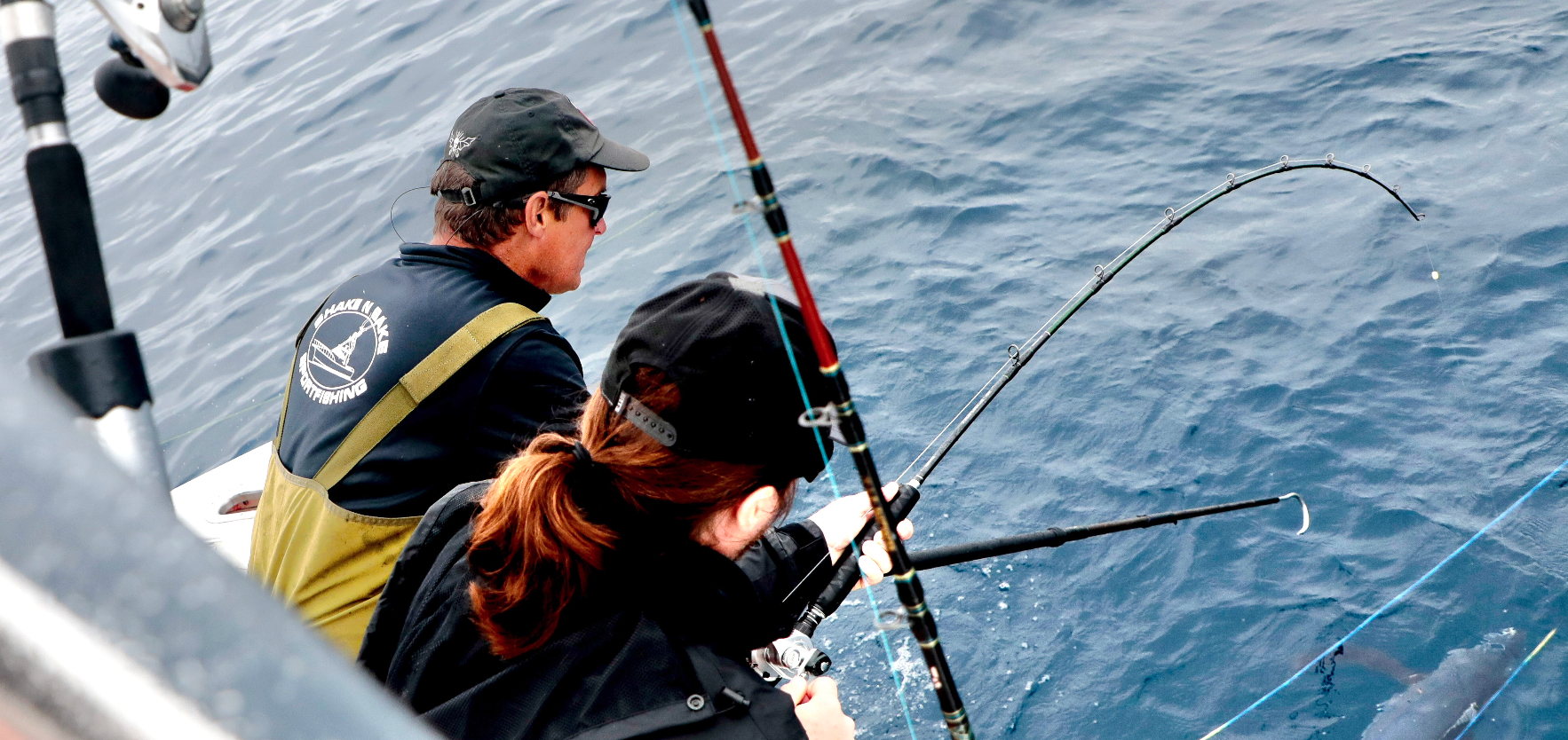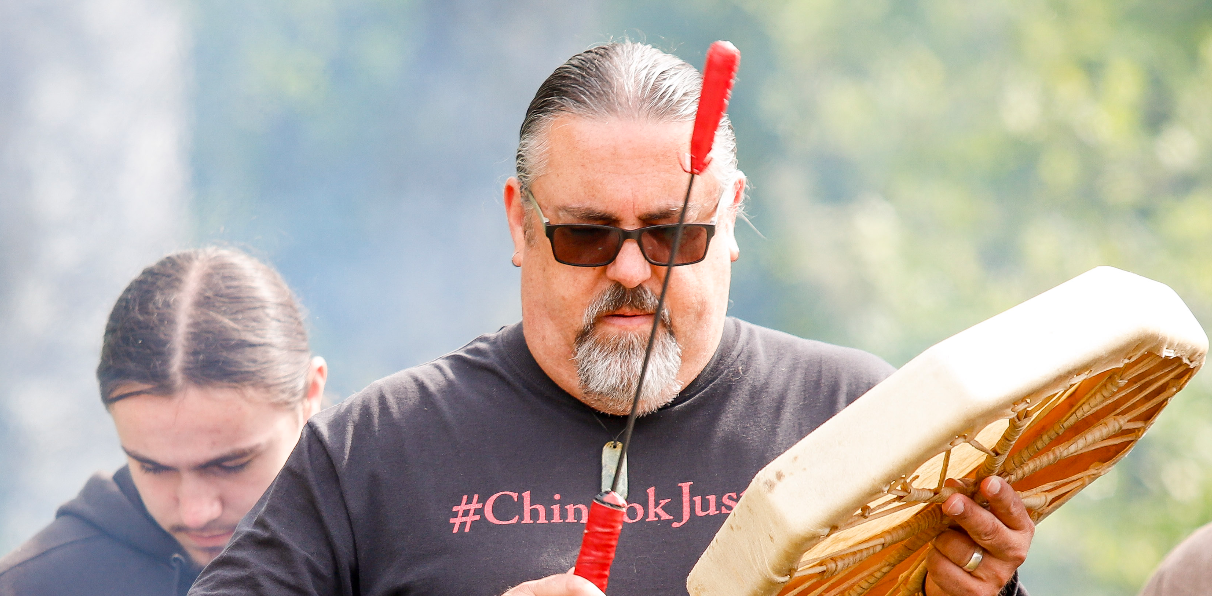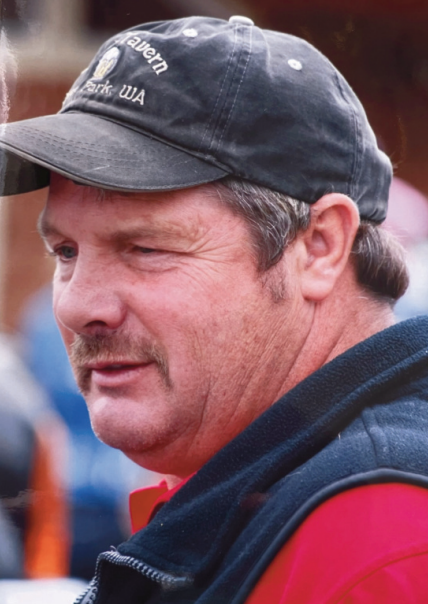‘This Nest of Dangers’ : The Sea King disaster: Day of ‘extraordinary heroism’ and blunders
Published 10:57 am Wednesday, April 9, 2025
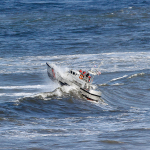
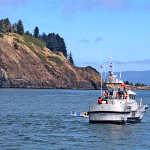

U.S. Coast Guard at Cape Disappointment
In January 1991 a ceremony was planned for Cape Disappointment, marking the 30 years since the Jan. 12, 1961, sinking of the original 52-foot Motor Lifeboat Triumph, the fishing vessel Mermaid, a 36-foot U.S.C.G. motor lifeboat, a 40-foot USCG utility boat; and the deaths of five Coast Guardsmen and two commercial fishermen.
The event would also celebrate the success of the Coast Guard’s prototype of its newest lifeboat, the 47-footer #47000.
An impressive group assembled at Cape Disappointment: 11 survivors of the original 1961 wreck; and the three highest-ranking U.S. Coast Guard flag officers supervising this district — Commandant of the U.S.C.G. Service, Adm. J. William Kime; Commander of the U.S.C.G. Pacific Area, Vice Adm. Bruce A. Beran; and Commander of the U.S.C.G. 13th District, Rear Adm. Joseph E. Vorbach.
As the memories and changes in equipment in the previous 30 years were discussed, retired Coastguardsman Darrel Murray commented that in the 1961 episode he was wearing “blue jeans, a chamois shirt, and a medium-weight foul-weather jacket.” Nineteen-ninety-one’s Cape Disappointment commanding officer Daniel Neptun then observed, “lifeboat crew members [today] would wear insulated clothing, survival suits, waterproof boots, Goretex gloves, crash helmets, goggles, and 2-inch nylon harnesses clipped to safety lines.”
Crabbing calamity
On that January afternoon, when the news broke to us in the community that another crabber-lifeboat wreck was taking place on the bar, we were rocked back on our heels. Again?
“Two men died and another was missing after a fishing boat [the Sea King] capsized while under tow in heavy seas at the mouth of the Columbia River, the Coast Guard said Friday.
“One of the men who died was among four Coast Guard crewmen who boarded the 75-foot trawler Sea King to help its three crewmen pump [out] water as it was being towed to the Pacific Ocean during a gale force wind, officials said. The other man who died was a Sea King crewman. …
“The trawler began taking on water and issued a distress signal at 8:40 a.m. The Sea King was taken under tow at 11:15 a.m. by the 52-foot Coast Guard motor lifeboat Triumph. [That Triumph was a steel-hulled replacement for the wooden-hulled vessel also named Triumph, which had sunk in 1961.] The Coast Guard tried to tow it across the Columbia River Bar but decided at 2 p.m. to tow it to sea where helicopter crews reported calmer seas,” as reported by the Statesman Journal (Salem, OR), Jan. 12, 1991.
Horrible event
“[USCG] Petty Officer 1st Class Charles Sexton, 37, died when the 75-foot Sea King sank suddenly while under tow by the Coast Guard rescue boat Triumph. Sexton had jumped aboard the doomed vessel to assist an injured fisherman. The fisherman, David Haynes, 28, of Astoria, injured an arm and his head when he fell 10 feet onto the boat’s deck from a helicopter basket that became entangled in the Sea King’s rigging. … Haynes later died when all aboard the Sea King were thrown into the water as it sank.
“The loss of life might have been higher without the Coast Guard’s new $2.3 million prototype 47-foot motor lifeboat which was trailing the Sea King when it sank. Within two minutes, it had plucked four people from the water. Several minutes later, Haynes and Sexton were pulled aboard, although neither could be saved ….
“The lifeboat then turned to help … [a USCG] rigid-hull inflatable boat from the Coast Guard buoy tender Iris [which] had lost power and was drifting into breakers near Peacock Spit. The lifeboat pulled the craft and its five-man crew to safety.
“Finally, the lifeboat sped back to Cape Disappointment at 27 knots, making the trip in a record 15 minutes, half the time usually taken by standard motor lifeboats ….
“Friday’s tragedy began with a distress call from the Sea King shortly before 9 a.m. The crew said the boat was taking on water in the fish hold, according to Lt.j.g. Bill Harper, the co-pilot of the first helicopter to reach the Sea King. He described the harrowing task of lifting three Coast Guardsmen and several pumps from the rescue boat and putting them onto the fishing boat, with both vessels bobbing like corks in seas as high as 20 feet.
“The helicopter then tried to pull the four-man crew of the foundering trawler to safety. It successfully picked up Gary Strickland, of Astoria, then returned for Haynes. But the cable holding the basket to the helicopter became entangled in the boat’s rigging and broke away, dropping the basket and Haynes to the deck ….
“Already aboard the Sea King were [Sexton,] Petty Officers Christ Blauvelt of the Coast Guard Air Station at Astoria, and Jeff Lepperdt and Jeff Carson, from the Cape Disappointment Station. While they set up the pumps, Sexton, a machinery technician trained as an emergency medical technician, [had] jumped from the deck of a heaving motor lifeboat onto the Sea King to assist Haynes.
“With the [Sea King] under tow by the Triumph and the pumps working furiously, the Coast Guard felt the situation was well in hand.
“Several hours after the rescue attempt began, the tide was ebbing, and the Triumph crew decided to head slightly out to sea to wait for the ebb to diminish. As they decided to head back in, the Sea King sank. …
“Blauvelt, Carson, Lepperdt, and the ship’s skipper, Darrin Nichols, of Astoria, were pulled from the sea within minutes and were uninjured. Haynes was recovered next but did not respond to resuscitation efforts …. Sexton was pulled in last. He died 50 minutes after arrival at Columbia Memorial Hospital in Astoria.
“Still missing is John Blunt, a fisherman from Ohio. The Coast Guard believes he might have been trapped below deck, but divers could not locate the Sea King on Saturday, and the search was called off.
“Sexton was a single parent to two children …. No arrangements have yet been made for Sexton, but the Coast Guard is assisting the family,” The Sunday Oregonian reported on Jan. 13, 1991.
Trending
Eerie and scary
“Eleven survivors of a Jan. 12, 1961, tragedy at the mouth of the Columbia River met in Astoria Saturday, all shaken by a hauntingly similar tragedy that unfolded on the eve of their 30-year reunion.
“It’s eerie and scary. It brought everything back — the whole nightmare of how one minute everything’s going fine, and the next it all falls apart,” said 1961 survivor Gordon Huggins,” The Sunday Oregonian reported.
“Investigators from the National Transportation Safety Board on Sunday joined the inquiry into a Coast Guard rescue that ended with three men lost at sea [in the sinking of the Sea King],” according to the Longview Daily News, Jan. 14, 1991.
Hindsight
Twenty months later, in September 1992, the Seattle Times began its lengthy story of the NTSB investigation of this wreck with two hard sentences:
“The Coast Guard’s botched rescue attempt was partly to blame for three deaths in the sinking of a fishing vessel last year off the coast of Astoria, Ore., a federal safety panel has unanimously ruled. The vote was 4 to 0.
The article continued:
“The National Transportation Safety Board said miscommunication between the crew of the Sea King and Coast Guard rescuers about the trawler’s flooded condition helped cause it to capsize and sink. … The board criticized a Coast Guard commander for failing to evacuate all people from the fishing vessel before attempting the second and fatal [towing] pass through the rough waters.
“‘Like most tragedies, it is the compounding of a lot of little things,’ National Transportation Safety Board Chairman Carl Vogt said yesterday. ‘There are so many ways this could have been prevented.’
“The panel repeated its plea for new laws that would require inspection and licensing of fishing vessels. Board members indicated the accident might not have occurred had inspectors discovered [that] a watertight wall had been removed between the Sea King’s engine room and fish-holding compartment. …
“The families of two fishermen who died in the accident — John Blunt, 43, and David Haynes, 28, both of Astoria — sued the Coast Guard and the boat’s owner in May 1991, seeking more than $6 million in damages. …
“Coast Guard Petty Officer 1st Class Charles Sexton also died in the accident after boarding the crippled vessel to attend to an injured crewman. …
“[The Sea King] earlier had radioed that it was taking on water. But its skipper failed to convey to the Coast Guard — and Coast Guardsmen failed to ascertain — the extent of the flooding in the compartments below deck …
“‘The Coast Guard’s failure to ask the operator questions about the conditions aboard the Sea King … impeded its management in the search and rescue mission,’ the board said.
“Four others on board the Sea King survived after plunging into the 48-degree waters and being pulled to safety by rescue crews. Eighteen Coast Guardsmen were awarded medals for distinguished service in the operation. …
“Susan Coughlin, vice chairwoman of the [NTSB] board, was the most critical of the decision to make a second run at towing the Sea King without pulling the remaining crew off the vessel. ‘The most important part of search and rescue is rescuing people. But it seems to me the primary consideration was rescuing and towing the ship, not rescuing lives,’ she said.
“Lou Colucciello, chief of the National Transportation Safety Board’s marine division, said water should have been pumped out of the lazarette — a rear compartment with the steering housing — and the fish-holding area before the vessel was towed. …
“National Transportation Safety Board marine investigator Richard Johnson said the Coast Guard never inspected the vessel to determine the extent of flooding below deck. He said surviving Coast Guard rescuers said they were not even aware there was flooding in the lazarette.
“‘Our concern was nobody looked at the whole picture to get all the facts together before taking action,’ Johnson said.
“He also said the vessel’s skipper, Darrin Nichols, had 10 years of sea experience but no formal training on fishing vessels.” Seattle Times, Sept. 16, 1992.
‘Extraordinary heroism’
USCG machinery technician Charles W. Sexton was posthumously awarded the Coast Guard Medal for “extraordinary heroism.” Wikipedia quotes his citation as reading,
“From the relative safety the motor lifeboat [CG-44381], Petty Officer Sexton unselfishly volunteered to go aboard the foundering fishing vessel to treat the injuries of a Sea King crew member who had fallen to the deck boat during a failed helicopter hoist. He skillfully diagnosed the victim’s injuries, informed the flight surgeon of the extent of the injuries, and provided first aid treatment.
“Once the victim was stabilized, Petty Officer Sexton turned his attention to assisting with the dewatering of the vessel. The Sea King required several dewatering pumps to remove the initial quantity of sea water from the engine room. Then, hourly dewatering of the vessel was necessary to maintain proper trim aboard the vessel.
“After more than 6 hours of this exhausting routine, with the worst of the treacherous Bar crossing behind them, the Sea King suddenly, without warning, rolled over, throwing victims into the churning seas and trapping Petty Officer Sexton in the enclosed pilot house. He went down with the vessel, sacrificing his life while attempting to save the lives of the Sea King’s crew members.
“Petty Officer Sexton demonstrated remarkable initiative, exceptional fortitude, and daring in spite of imminent danger in this rescue. His courage and devotion to duty are most heartily commended and are in keeping with the highest traditions of the United States Coast Guard.”
The U.S. Coast Guard also commemorated Sexton’s actions by christening a Fast Response Cutter, the Charles W. Sexton, for him.
Rear Adm. Vorbach, who had been present that awful day, summed up Sexton’s sacrifice by saying, “Keep bright his memory so that next time someone asks who are your heroes, you won’t hesitate to answer Petty Officer Sexton.”






